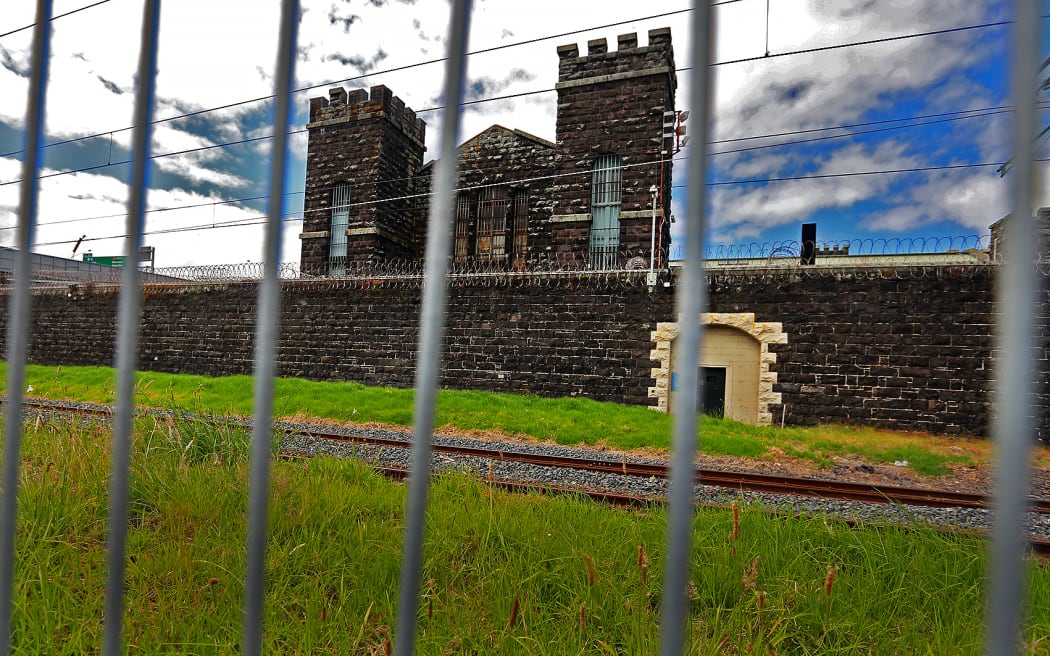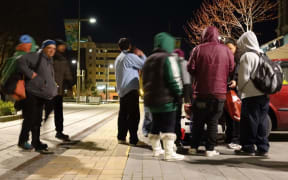New data shows where young adults are most likely to fail at school, stay on a long term benefit, use mental health services, or go to prison
It has named the Far North, Kawerau, Opotiki and Wairoa as the key areas where 15 to 24-year-olds were most likely to have a bleak future.

For some young adults the future is bleak Photo: RNZ / Diego Opatowski
Analysts looked at whether young adults across the country were involved with Child Youth and Family when they were little, if they were stood down from school, if their parent or caregiver was on a benefit or were sent to prison.
For those born in the early 1990s having all those disadvantages meant they were seven times more likely to have been in prison before they turned 21.
Treasury put together the data to help the government decide where it needed to spend money now to save more in the long term.
The Government said it wanted to reduce misery, not service it.
"Good information will enable the government to better help vulnerable people make positive changes to their lives and become more independent," Finance Minister Bill English said.
While Far North, Kawerau, Opotiki and Wairoa were singled out in the report, it said the largest numbers of at-risk youth still lived in larger urban centres such as Manukau, Waitakere, Hamilton and Christchurch.
Of all high-risk young people 10 percent lived Manukau City and 5 percent were in Waitakere City.
The data was drawn from information gathered by Government agencies including the Ministries of Social Development, Health and Education, as well as Child Youth and Family, Corrections, police and housing.
Finance Minister Bill English said up to now the data had not been available to the Government or to the communities it identifies.
Mr English told Morning Report the study would help identify how to change services in the problem areas, in order to help young people.
"What we're finding with this group also with the young children is that we've got a strong orientation around providing services through hospitals, schools - unfortunately too many through prisons - but we're not really reaching the hard-to-reach and the really challenging families because they don't always go to school and they don't always need a hospital."



